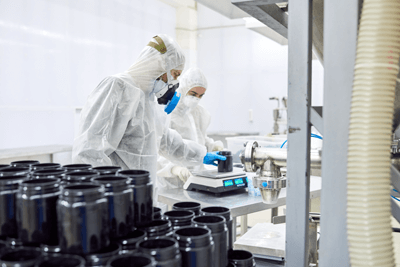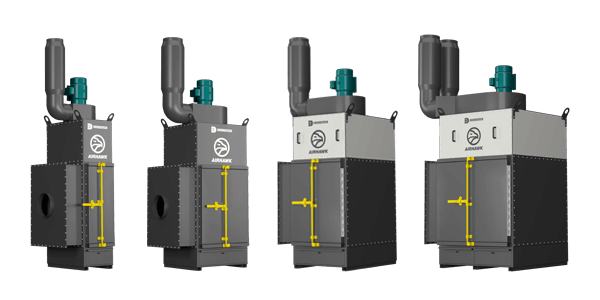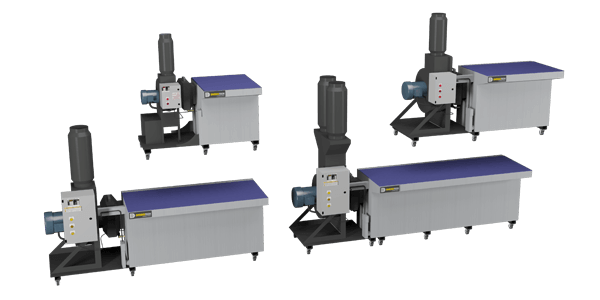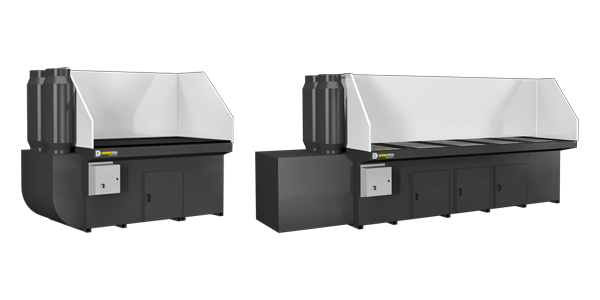Medical device parts often need to be deburred, creating dusts and particles that pollute indoor air if not captured at source. Containing various toxic metals, composites, rubber or fiberglass, these dusts can cause serious health problems if inhaled over time. Medical deburring dust may also be combustible, posing a risk of fire or explosion if not handled appropriately.
Dusts from deburring most commonly affect the lungs, leading to conditions such as pneumoconiosis, also known as “dusty lung”. Over time, pneumoconiosis leads to a buildup of scar tissue in the lining of the lungs, contributing to serious, chronic issues.
Other health problems associated with deburring dusts include:
- Black lung
- Silicosis
- Tuberculosis
- Kidney disease
- Lung cancer
- Mild respiratory irritation
- Nausea and/or vomiting
- Headaches and dizziness
- Irritated eyes, nose and throat
- Chest pain
- Respiratory damage
- Difficulty breathing
- Excess fluid in the lungs
- Lead poisoning
- Nervous system damage
Effective capture-at-source or ambient medical air filtration solutions help control deburring dusts and maintain indoor air quality. Diversitech provides a number of different downdraft tables and cartridge dust collectors for the safe removal of medical deburring dust. Wet downdraft tables are recommended for the capture of combustible dusts.

 Encompassing many different sectors, the medical industry supplies goods and services for the restoration and maintenance of patient health. Along with healthcare providers such as hospitals, doctors, nurses, and insurance companies, the medical industry also includes businesses that manufacture medical equipment and pharmaceuticals.
Encompassing many different sectors, the medical industry supplies goods and services for the restoration and maintenance of patient health. Along with healthcare providers such as hospitals, doctors, nurses, and insurance companies, the medical industry also includes businesses that manufacture medical equipment and pharmaceuticals.


 industry is solvent extraction.
industry is solvent extraction.